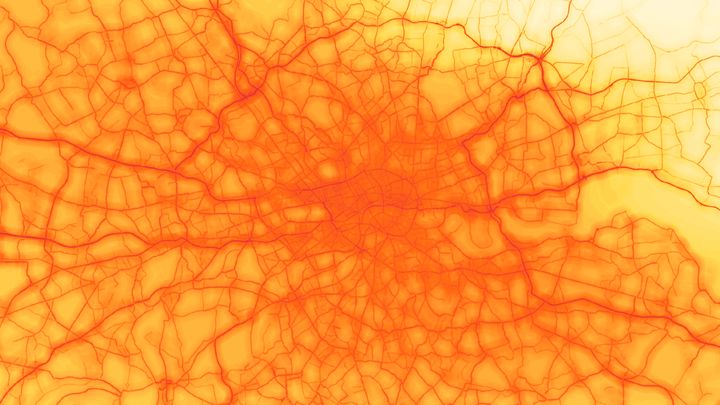
In 2017, London broke its total annual air pollution limit just five days into the year.
To put that into some context, European Union rules - and UK law - state that monitoring stations are allowed to exceed hourly limits of 200 micrograms of NO2 [nitrogen dioxide] per cubic metre of air just 18 times in a year.
Brixton Road in Lambeth, the South London district that broke the limit, exceeded this hourly limit 19 times throughout the day hitting a peak reading of 347.7 micrograms.
The city is expected to break its annual limit for 2018 in the first half of January, according to the mayor’s office.
World Health Organisation figures from 2016 reveal that a staggering 92% of the world’s population are living in areas that exceed its own guidelines on air quality.
If you happen to live in a major city, the answer may appear to be moving out to less populated areas. But the solution is not that simple.
What is air pollution?
Air pollution is best understood when it is split into two groups: noxious gasses and particles, according to Boris Quennehen, an atmospheric scientist for the French clean air start up Plume Labs.
The two most dangerous of these gasses is nitrogen dioxide (NO2) and ozone. They’re not the only gasses created through pollution (carbon monoxide and sulphur dioxide are also created) but they are the easiest to measure and are often used as the benchmark for air quality.
“NO2 is emitted by any combustion source, so it could be a car engine or a fireplace in your home. Essentially, it’s anything that burns solid fuels,” he explains.
Nitrogen dioxide essentially inflames the lining of the lung and in turn reduces immunity to lung infections such as bronchitis.
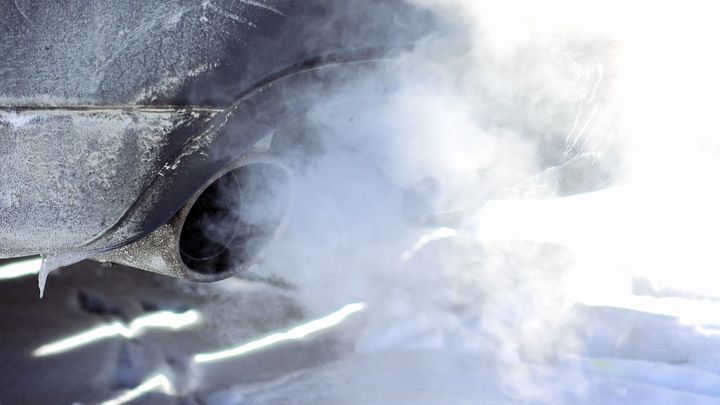
The second is ozone. Traditionally known to many of us through the protective ozone layer around the planet, this gas is actually extremely harmful to us down on ground level.
Ground level ozone is created when nitrous oxides and volatile organic compounds (VOC) react with sunlight. According to the London Air Quality network, ozone “can irritate and inflame the lungs. It can also irritate the eyes, nose and throat, which can lead to cough and chest discomfort.”
While NO2 is found traditionally in urban centres originating from heavy traffic sources, ozone is most commonly found in rural areas or suburbs.
Next up are particles. These are tiny bits of solids or liquids which are created through a huge range of different man made activities.
Unlike ozone, particles can very much exist alongside the harmful gas NO2.
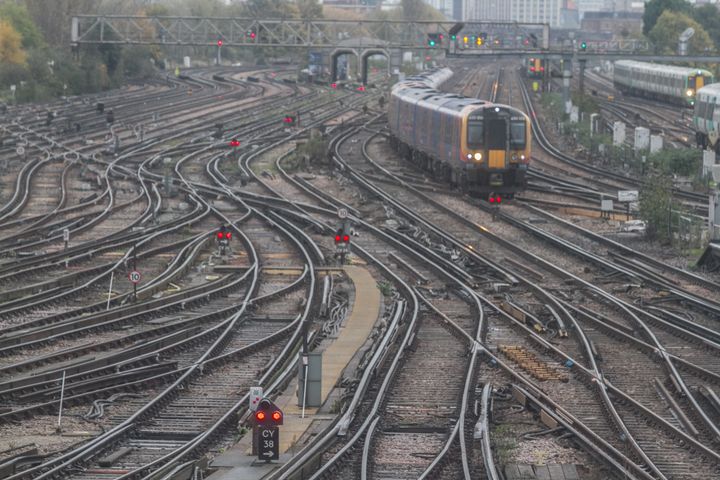
“The sources of particles are actually quite similar to those of NO2, namely combustion processes.” says Quennehen. “You can also find particles being created mechanically - so when a train brakes for instance, or when a car rides on the road. How? Tiny particles are created when tyres roll over the road.”
It is the size of particles, not the type, that causes concern.
Most large particles are actually prevented from entering our bodies through the nose and throat, however particles that are smaller than 10 micrometers (PM10), or 2.5 micrometers (PM2.5) can actually settle in the airways or even deep within the lungs.
Connecting air pollution to actual mortality rates has proven incredibly difficult, as doing would involve a complex process of pairing causes of death with environmental factors.
Despite that, governing bodies have been able to make some startling discoveries about the long-term impacts of air pollution on our health. The Royal College of Physicians’ report ‘Every breath we take: the lifelong impact of air pollution’, reveals that each year some 40,000 deaths in the UK are attributable to exposure from outdoor air pollution.
The report also estimated that air pollution costs the UK a staggering £20bn every single year.
How does air pollution behave?
The seasons and the weather have a direct impact on air pollution levels.
“When you speak about air quality you need to speak about meteorology as well,” explains Quennehen. “Two days randomly chosen can produce drastically different air quality levels, and that would be thanks solely to meteorological conditions.”
“When we speak about transporting pollution, it’s almost exclusively in reference to particles,” he adds.
For example windy temperate days will often disperse particles over large distances, reducing their effect but spreading it out over a larger area so overall you’ll see an increase in air quality. Alternatively a cold non-windy day will create a heat layer that traps particles and gasses at ground level which means that while pollution won’t be spread out over large distances, the levels at source (e.g. busy roads) will spike enormously.
So imagine you’re on that busy road, during a cold day. What’s happening to the air pollution around you? Using the example of fumes from a car exhaust, Quennehen explains that NO2 and particles can both dissipate quickly from their source, and in turn can reduce their danger to your body.
“It’s like when you put a piece of sugar in your coffee. The sugar is very concentrated to start with. However when you mix your coffee it becomes sweet everywhere but, much less so than just the pure piece of sugar that you started off with.” he explains.

The result of this is that both forms of pollution can, under normal conditions, remain extremely close to their source, producing the vein-like imagery that you can see above.
Particles, much like NO2 will dissipate quickly once released from their source, however unlike NO2 they are far more susceptible to other weather conditions such as rain or wind.
“Their sizes really suit the atmosphere so they can stay within it for several days and then if there’s any amount of wind they can be transported over large distances.”
Yet take away the wind and provide a considerable amount of rain and the particles will almost immediately stick to the ground.
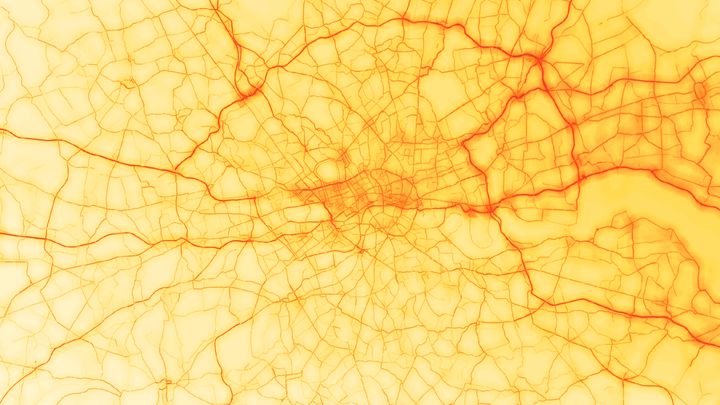
The seasons also play a major role. It was no coincidence that London broke its air quality standards last January.
“In the winter it is colder so you turn on your heater and you burn more fossil fuel, you burn more wood in your fireplace, so you increase the NO2 and particulate emissions,” he explains.
“Then there are specific meteorological conditions which mostly occurs when it’s cold outside.”
Quennehen is referring to a phenomenon known as the inversion layer. This takes place when cold air is effectively sandwiched down at ground level by a warmer higher layer of air above it.
“Due to the pollutants that are then concentrated within the ground layer and it can lead to dramatic pollution levels during this event,” he explains.
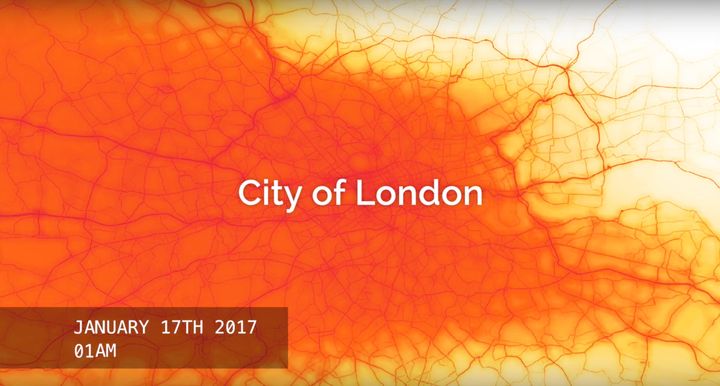
A perfect example of this is a piece of imagery taken by Plume Labs of London during the middle of the night in mid-January last year. Despite being 1am, the pollution levels have drastically spiked, a result of the inversion layer.
Move along to Spring and there’s another shock courtesy of Dr Gary Fuller, Kings College London.
“Each Spring you’ll get those headlines where Paris has to bring about emergency measures to control its air pollution, we have similar concentrations in London.” he explains.
“It is at these times the whole of Western Europe experiences some really severe air pollution problems and these are caused partly through the pollution we emit but also caused by pollution from agriculture and farming.”
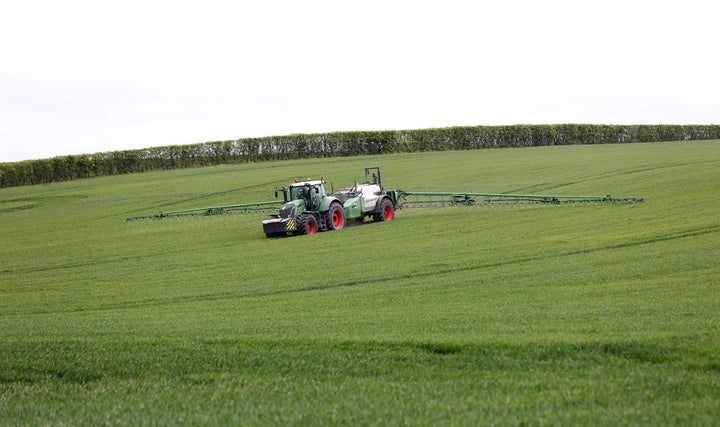
“The fertiliser that’s applied to fields and the manure that is stored up over winter and is then spread on land in the springtime causes releases of ammonia, and this reacts with air pollution from industry and traffic to form these particle episodes that extend over hundreds and hundreds of kilometres.”
Summer generally brings a spike in rural ozone explains Quennehen.
Here, a simple animation shows how over 24 hours ozone can spike in the rural parts of South West England as the sunlight reacts with the oxides blown westward from urban centres like London. With such high levels of sunlight, the spike is not only large in concentration, but in size as well.
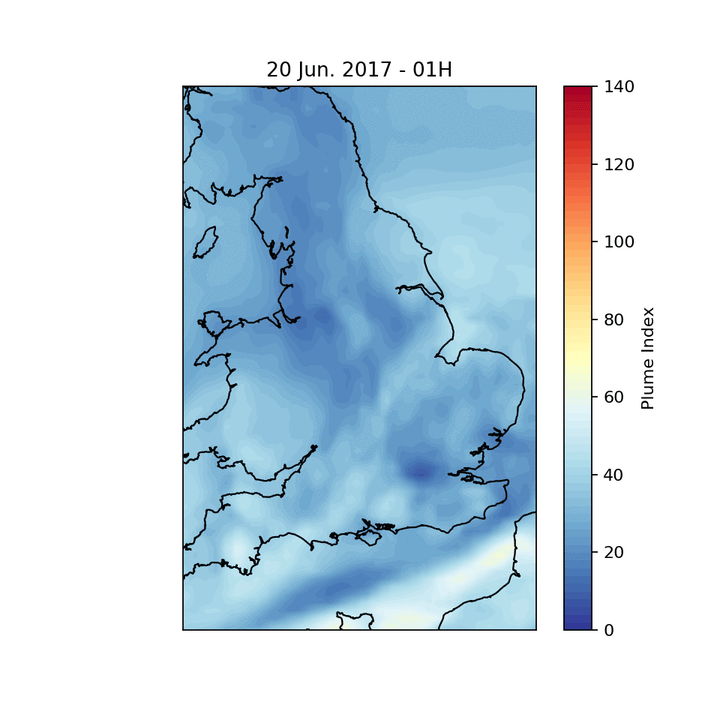
Of course it’s not always so simple.
“During summer you can actually see ozone peaking in urban areas between the two commute peaks. You usually have an increase in ozone during those periods and if you are in a situation where you have an inversion layer (which can happen during heatwaves) you can end up with very huge amounts of ozone within the cities as well.”
Autumn, as air pollution goes, is probably “the best time of year” according to Fuller.
How to escape air pollution?
While cities like London and Paris are fortunate enough to have huge governmental and academic partnerships like the London Air Quality Network, not every city or town is as lucky.
It’s also clear that living in the countryside isn’t the safe haven many of us thought it would be. Spikes in ozone during the Summer combined with the huge agricultural pollution spikes during the Spring show that the countryside is equally in the firing line.
For everyone though there are small, surprising changes that you can make on a day-to-day basis that could drastically reduce the effect it has on your body.
“You can reduce your exposure to air pollution by choosing your route differently,” explains Dr Fuller. “Like if you walk down a back street (and this depends on the circumstances) or through a park rather than along a main road then you could probably, roughly, halve your exposure to some of the traffic pollution.”
That’s a huge difference and as Quennehen points out, even those forced onto certain routes can make a difference to their exposure simply by walking a “few metres” further away from the source of pollution such as a main street.
“If you walk down a back street or through a park rather than along a main road then you could probably, roughly, halve your exposure to some of the traffic pollution”
- Dr Gary Fuller, Kings College London
Exercising at specific times in the day can help, mornings or late evenings when localised pollution has generally settled down while keeping abreast of the local weather.
But that shouldn’t always be a message that walking outside in a city is unhealthy, says London-based charity Living Streets.
“We’d want to be careful not to scare people into thinking they’re unsafe walking, especially when the best way to reduce air pollution is for people to walk more,” the group says.
“There’s a myth that you’re more protected in the car but that isn’t true and when you walk or cycle you get the additional health benefits of active travel.”
Another change we can make presented itself after experts saw a shocking rise in one particular type of air pollution throughout the UK and particularly London.
“One thing that has crept in under the radar is wood burning,” says Fuller. “If you go back to the 1950s and 60s it was acknowledged that London had a solid fuel air pollution problem but then we thought that had gone away. However the return to home wood burning that we’ve seen since the turn of the century is really making quite an impact in London.”
“One thing that has crept in under the radar is wood burning”
- Dr Gary Fuller, Kings College London
According to Fuller, during a typical January in London some 10% of the particle pollution you’d be breathing will have come from wood burning. With an estimated 1.5m stoves in the UK, this is something that can easily and quickly be reduced through using them less or even scrapping them entirely.
While we can all make these changes ourselves, Dr Fuller argues that there’s a far bigger question to be asked here.
“There’s a sort of ethical question here which is why should you change your behaviour by walking along a side road or a back street,” he says.
“We should really be focusing the solutions not on the victims but on the emitters, a polluter pays approach. Now I’m not saying people shouldn’t avoid air pollution where they can but that can’t be the main reason, we have to be tackling pollution at the main source.”
